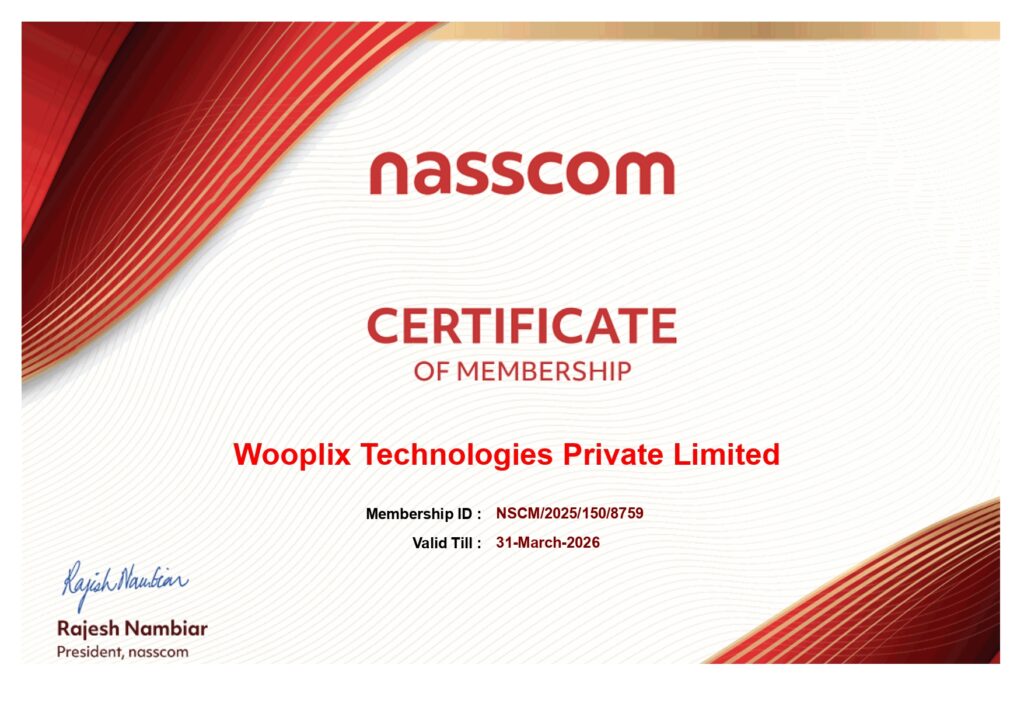From Idea to App: How Wooplix Uses Zoho Creator to Bring Business Processes Online
Running a business often means dealing with manual work, messy spreadsheets, and processes that don’t quite fit together. At Wooplix, we work with companies that want to fix that. Using Zoho Creator, we build custom apps that turn everyday tasks into smooth, digital workflows—fast and without the high cost of traditional software development.If you’ve ever […]
From Idea to App: How Wooplix Uses Zoho Creator to Bring Business Processes Online Read More »










